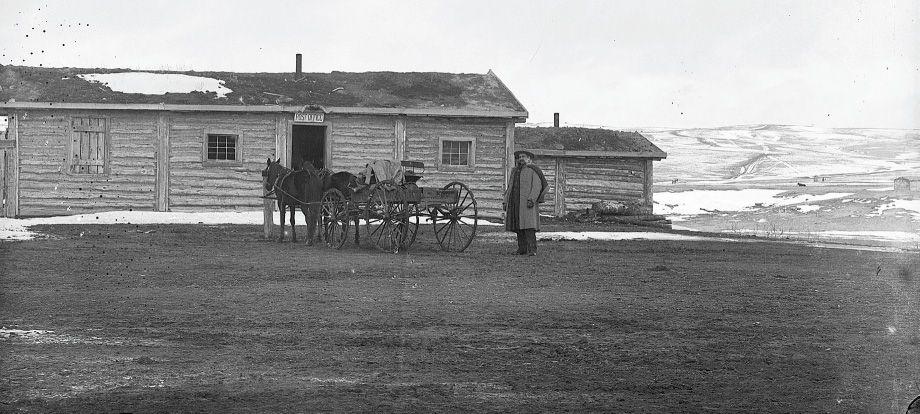EYEWITNESS TO WOUNDED KNEE






On Jan. 3, 1891, a party of civilian burial contractors crossed the snowy South Dakota plains and arrived at the somber site along Wounded Knee Creek where five days earlier the last major confrontation between the U.S. Army and American Indians took place. Army burial crews had already tended to the dead soldiers, but Sioux bodies remained strewn across the ground. The hired civilians were to stack the frozen corpses in wagons for transportation to a waiting pit. The lingering press corps, a cadre of photographers and opportunistic artifact plunderers were on hand to witness the grim business.
The mass grave sat atop a rise that would become known as Cemetery Hill. During the December 29 clash the battery of Hotchkiss guns that had dealt death to so many of the Sioux had been positioned on the hill. The earth had already been heaped for entrenchment of the light mountain howitzers, so the burial detail had a head start in carrying out its assignment. Trundling their wagons to its lip, the crews unceremoniously dumped 146 bodies into the excavation.
As a somewhat gimpy lawman turned storekeeper, George Bartlett might have escaped recruitment for such distasteful duty, but he chose to be there nonetheless. At one point he folded his arms, resting them on the handle of his spade, and gazed at each distorted frozen face. He recognized many of the dead—some longtime friends, others familiar patrons of his nearby trading post. Watching the mass burial was painful enough. But five days earlier, from a distance, Bartlett had witnessed something even more troubling—the killing at Wounded Knee, a tragic event that has been termed both a battle and a massacre and at the very least was a largely one-sided brutal fight. By that time Bartlett had already lived an adventurous life, and more exploits lay in store.
George Edwardwood stump for three days with only a single jackrabbit for food. When the weather finally cleared, he recovered his horse and completed his route. It was during his time as a rider Bartlett first fractured his right knee, a recurring injury that would plague him for life.
You’re reading a preview, subscribe to read more.
Start your free 30 days





